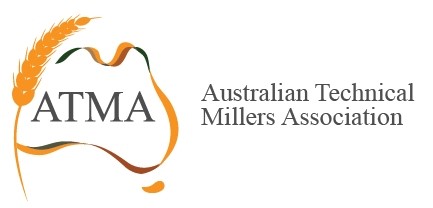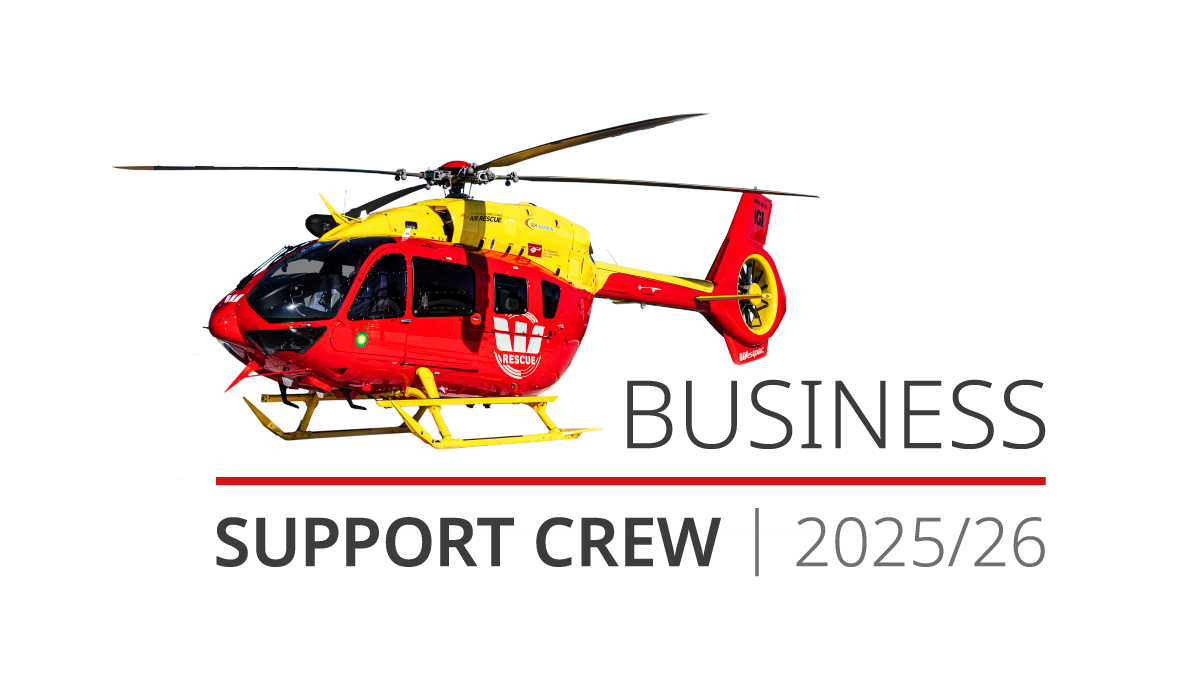One of the most common use cases of automation is within the manufacturing industry, in which equipment, programs, and robotics are utilised specifically to streamline the production process. The ultimate goal of automation is to increase production volume, reduce unit cost, or often both. Most manufacturing companies can find benefits in one or more of these types of automation – fixed, programmable, and flexible.
Here we discuss the three types of automation and their characteristics to help you gain insights and decide which ones are most suitable for your production processes.
Fixed Automation
Also known as ‘hard automation,’ fixed automation describes an automated production facility in which the sequence of processing, or assembly, operations is fixed by the equipment configuration. Although the operations within the sequence tend to be simple, the integration and coordination of many operations into a single piece of equipment renders it to be complex and not easily altered, therefore it is most suitable for product specialisation in which the programs are not intended to be frequently changed.
For custom-engineered products, the initial investment may be considered to be higher than the other types of automation machinery. However, when utilised for the production of goods with very high demand rates and volumes, the unit cost is attractive compared to alternative methods of production. Examples of fixed automation systems include automated assembly machines, chemical manufacturing processes, material handling conveyor systems, paint and coating automation processes, and machining transfer lines.
Programmable Automation
Unlike fixed automation, programmable automation describes the process in which products are made in batches, where reprogramming of the production equipment is required to accommodate the new product style of the next batch. This renders it more flexible and facilitating than fixed automation. Due to their lower production rates and higher adaptability, programmable automation machinery is mostly used for low to medium volume production of different products between batches.
To produce a new set of different products, the system and the physical setup of the machinery must be reprogrammed and changed over, which takes time and results in a period of nonproductivity followed by each production run before a new batch. Numerically controlled machine tools and industrial robots are good examples of programmed automation.
Flexible Automation
Acting as an extension of programmable automation, flexible automation solves the problem of changeover time and lost production time. This is made possible by the limited number of product varieties when compared to programmable automation. The reprogramming of the equipment in flexible automation is done offline on another computer system, which then will be transmitted to the automated production system.
Therefore, the time required to input the program of the next product does not interfere with current production. Physical setup changes are made offline and are moved into place simultaneously as the next production line starts. Pallet fixtures play an important role in holding the parts and moving them into position at the workplace. Due to the variety of parts needed to make seamless transitions with no downtime, the product variety produced by flexible automation machinery is limited when compared to programmable automation systems.
To Conclude
Each type of automation poses its strengths and weaknesses. If your business is looking for specialised production systems that allow for the highest levels of production volume, the fixed automation system is capable to fulfill that requirement. However, if your business prioritises the most product variety and can tolerate production downtime, then a programmable automation system would be best. The middle ground would be the flexible automation system, where there is no downtime, but production volume and product variety sits in the middle of the range.
At Aurora Process, we can help you identify the potential for improvement, cost reduction, and increased productivity with automated packaging equipment. We are specialists in end-of-line machinery automation & robotics, pallet automation systems, and other packaging automation implementations, who have worked closely with a variety of clients and industries – including grain & seed, food & dairy, growers, stock-feed, fertiliser, and cement manufacturers. Get in touch with us today to book your free on-site consultation.













